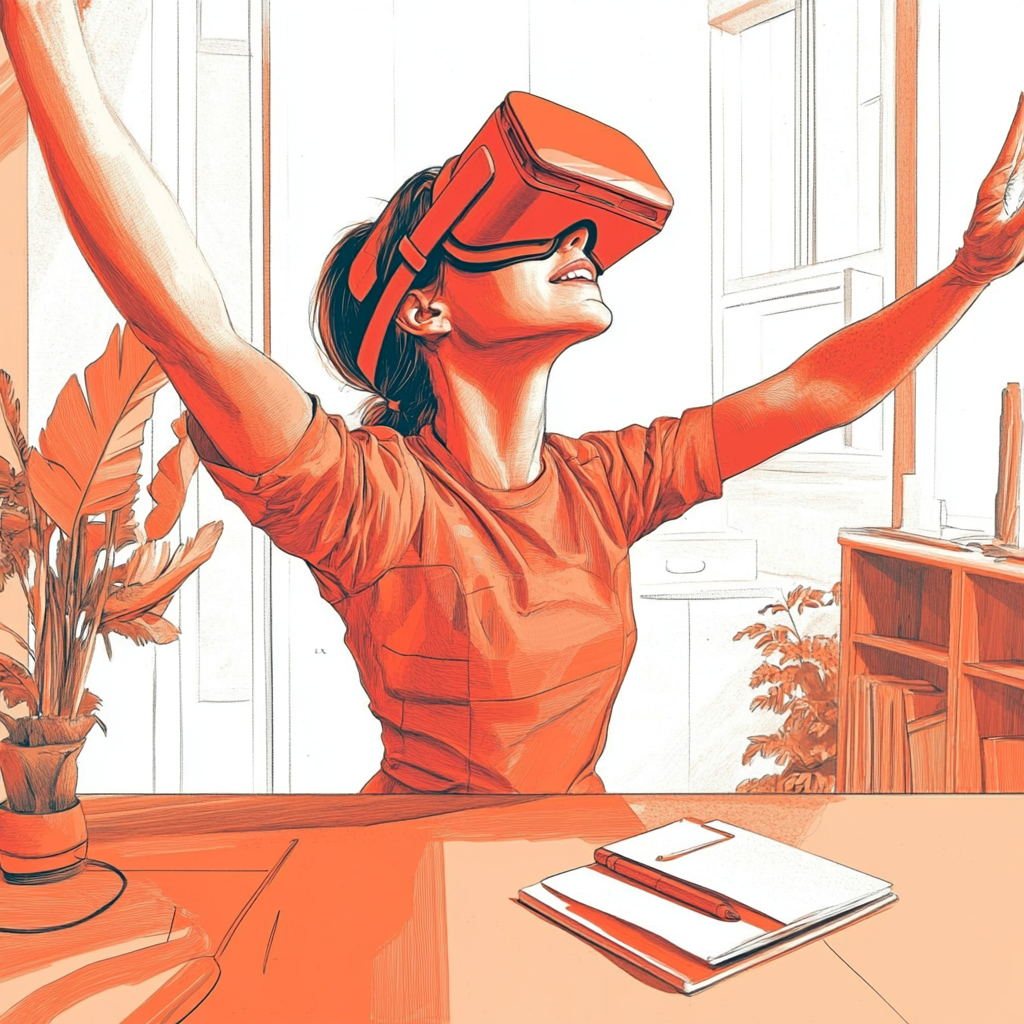Why is Visual Storytelling the Future of Business Communication?
Preface
Discover why visual storytelling is shaping the future of business communication. Learn how brands use visuals to engage, influence, and connect effectively.

Why is Visual Storytelling the Future of Business Communication?
A few years ago, we were still discussing and enhancing PowerPoint decks and spreadsheets in boardrooms, trying to extract meaning from raw data and bullet points. Switch to 2025 and the world is different. Today, things have changed and they’ve changed fast. Business communication is no longer just about what one says, but how they say it. And moreover, how they show it. This opens the ground for our discussion on Visual Storytelling in Business Communication.
Visual storytelling isn’t just a trend. It’s a fundamental shift in how we connect with people internally and externally. As leaders in the tech world, it’s our responsibility to understand, adapt to, and champion this shift. This, we say because in a world overwhelmed by information, storytelling, especially visual storytelling, is taking over as the most powerful language we can speak.D
From ONE-WAY to Dialogue: The Way Business Communication Evolved
Business communication used to be a one-way activity. Through annual reports, long emails and text-heavy whitepapers, we expected people to absorb everything because we assumed they had to. The truth has evolved with time, attention spans are shrinking, and expectations are ever-changing.
In an age where YouTube Shorts videos often outperform press releases, it’s perhaps being ignorant to believe that conventional formats will continue to deliver the same impact. Simple visual changes have introduced storytelling through infographics, short-form videos, interactive dashboards and data visualizations which then turns communication into dialogue. It invites engagement, encourages participation and makes your abstract ideas tangible for the reader.
We notice a significantly higher internal engagement rate when we replace static policy documents with visually interactive explainers. Now this might just seem like a small change but it’s a sure signal. People aren’t looking for just information, they want a story they can see, feel, and relate to which then makes them indulge in business communication.
Tech and its Unique Relationship With Visual Storytelling
Technology is a complex area. One builds platforms, algorithms and ecosystems that seem abstract. We sometimes tend to forget that innovation needs explanation, mostly in a language that the audience you need to touch can understand. One of these widely accepted languages is visual storytelling, a language in business communication that is critical.
A company launched a new AI-based security solution last year. Their initial communication strategy included technical documentation and expert webinars. The uptake among the audience was slow but when the message was simplified through a 90-second explainer animation, visualizing a real-life cybersecurity breach and how the system responded, everything changed. Their sales teams found it easier to pitch since this slight but much effective change. Clients began perceiving their value proposition instantly and the leadership was happy to realize that the hours of explanation and convincing was now more effectively communicated in under two minutes.
It was a simple change; replacing jargon with narrative, data with emotions and features with impact. This visual communication shift made all the difference.
The Cognitive Game: Why the Brain Prefers Visuals Over Text?
This shift from text to visuals is not just a random survey or observation. There’s proven neuroscience behind this shift. According to MIT, the human brain, in general, processes images in as little as 13 milliseconds! Visuals aren’t just nice to have, they’re our brain’s native language.
Now let’s try applying this study to a C-suite setting. Imagine you’re pitching a multi-million-dollar transformation strategy to your board members, one thing you can’t afford is confusing them or disengaging them or letting them perceive what they can. You need them to have clarity and conviction. Visual storytelling allows you to frame the conversation in a way that is close to what’s in your mind. Moreover, it stays in their mind more than text.
Quarterly reviews now look different. They now use data visualization dashboards that combine charts, timelines, and scenario-based animations, everything they could write, is now represented graphically. Board members often share that they prefer members to spend less time trying to understand the data, and more time discussing decisions. That’s the outcome they expect. That’s where communication starts shaping into strategy. The faster they understand, the more they plan.
Authentic Visual Communication that moves Leadership and Trust
There’s another interesting layer to this conversation that is deeply human.
Today, the array of audiences whether employees, customers, or investors are seeking transparency. And what builds trust faster is authenticity and genuineness. WIth right visual storytelling in business communications, there’s a medium created to express vulnerability, purpose, and vision in a way that words alone can’t.
Yet another powerful employee engagement campaign was a series of short video stories featuring frontline engineers who talk about their everyday challenges and what drives them. It was absolutely raw, unpolished and it wasn’t scripted. It was as real as it could have been. And it resonated perfectly well, proving to be a great visual story piece for great business communication.
Can we make it all happen? From Theory to Execution
Visual storytelling isn’t about placing a few stock images or creating glossy videos for the sake of aesthetics. It’s about intentionality.
Here are a few principles that might surely come to aid:
-
Know your audience. A visual that works for your engineering team won’t necessarily work for the investor community. Context matters.
-
Simplify, but don’t compromise. The goal is to help perceive with clarity, not dilution to make it easy. If your visuals can’t communicate nuance, they really don't serve the purpose.
-
Invest in capability. Having the right tools and talent keeps helps stay ahead in the game. Graphic designers, data visualizers, and video editors, they aren’t luxury but a must have necessity.
-
Engagement is the KPI, not vanity. Views don’t equal impact. Focus on actions taken, questions asked, and conversations started.
The Future Is Visual - Strategize and Build
Business communication is going to become more immersive in the next 5–10 years. Think Augmented Reality based executive presentations, AI storytelling formats and real-time visual simulations that help companies plan for market disruptions. This isn’t science fiction, it’s already in motion. As leaders, the onus is on us to stay ahead of the curve. The focus is not just on adopting visual storytelling as a tool, but to weave it into the DNA of how business communication takes place, how a whole new culture is led and built.
With the arrival of the next generation of professionals in the workforce, we see curious and creative storytellers. They are digital natives who understand and exhibit practically that ideas need to travel visually to be remembered. They’re right. If we don’t adapt, we’ll become noise in an already saturated landscape.
Embracing this not-so-complicated shift authentically, strategically, and briskly can help us unlock a new era of communication that’s surely effective and transformational.
In the end, visual storytelling must not be considered as a replacement to traditional communication. It's only enhancing it. Ideas, from now on will not just be seen as data or directives, but as journeys that others can see and believe in. And that’s not just the future of business communication, it’s the future of leadership.


